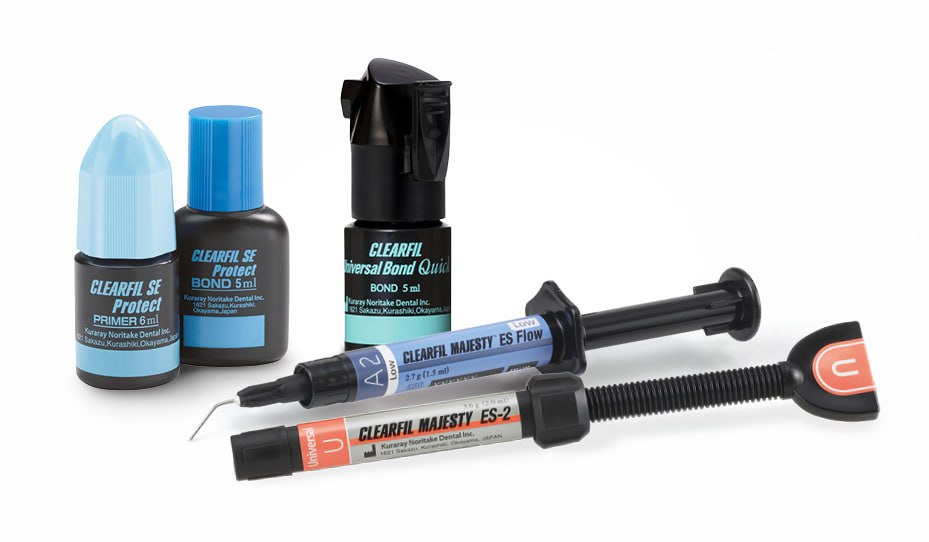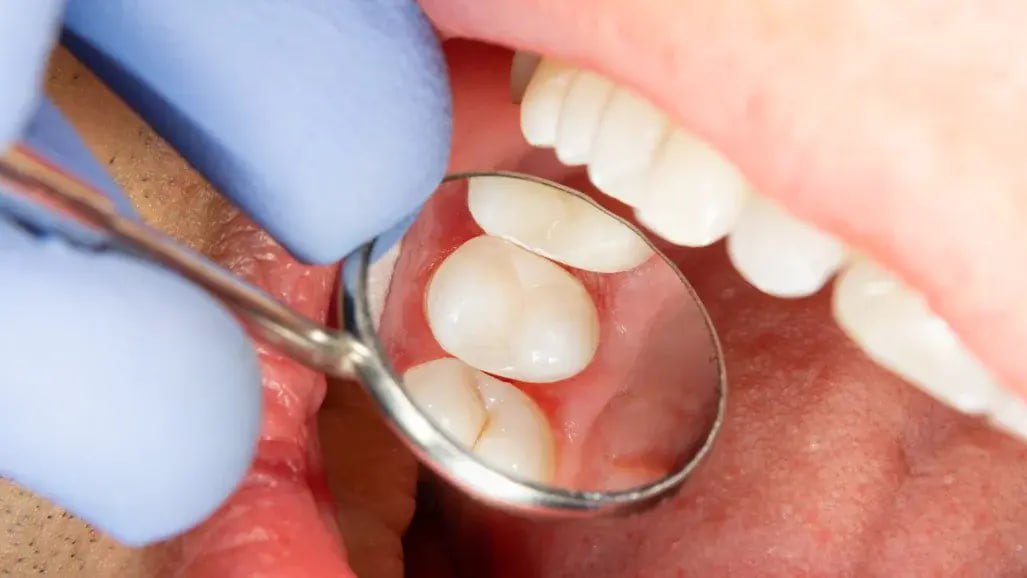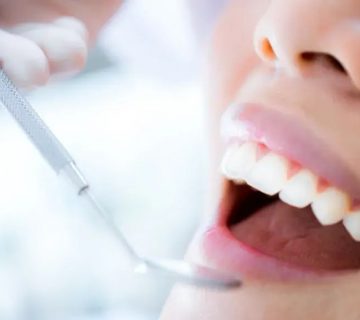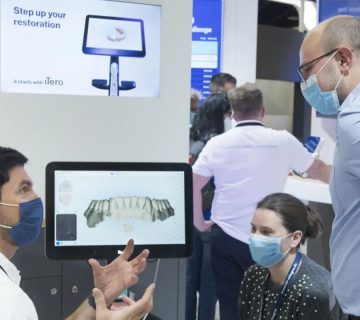Transforming dentistry: Direct restoration procedures simplified
Some companies mainly make use of basic technologies developed by others to improve their products and introduce new ones, whereas others conduct fundamental research and technology development in-house. Is this difference relevant for someone who uses the end products? It is, as companies developing everything from scratch usually have a deeper understanding of the products and their production procedures, which makes it easier for them to modify specific features, solve problems and respond to market needs. This article describes the impact of several basic technologies developed by Kuraray Noritake Dental on the workflow for creating direct composite restorations.
Adhesive restorative dentistry using high-performance dental adhesives and resin composites is currently one of the most popular ways of treating teeth with carious lesions. Nowadays, a single-bottle universal adhesive and one or two shades and opacities of universal composite are usually enough to create beautiful and durable outcomes, provided that the right materials are selected; however, this has not always been the case.
For a long time, the techniques used to create direct restorations were quite complex. On the one hand, adhesives were technique-sensitive multi-bottle and multistep systems with long application times. Composite filling materials, on the other hand, only produced lifelike outcomes when many different shades and opacities were combined in the right way. And even if the complex procedures were carried out correctly, the risk of microleakage, discolouration and eventually secondary caries was comparatively high. Kuraray Noritake Dental focused on solving these issues quite early, starting with the utilisation of the original MDP monomer developed in 1981.

The original MDP monomer addressed the issue of the limited long-term bonding performance of adhesive systems. MDP’s hydrophilic phosphate group forms a particularly strong and long-lasting chemical bond with the calcium found in hydroxyapatite, the main component of enamel and dentine.
The MDP-Ca salt formed in this way provides the basis for a stable, strong and durable hybrid layer. In combination with the resin in the bonding agent, a tight seal of the cavity after light polymerisation is the result. Up until the present day, MDP is an essential component of any adhesive product from Kuraray Noritake Dental, and it is the key component that made CLEARFIL SE Bond become the gold standard of self-etching adhesive systems
Whereas two-bottle self-etching adhesives have already simplified the adhesive procedure, single-bottle universal adhesives go the extra mile. It is a challenge to bring together in one bottle ingredients distributed in multistep systems without compromising the stability of the product. Current technology now makes this possible. To seal the surface as soon as possible after application, the penetration of the monomers into the dental tissue must be fast and efficient. However, the penetration is usually slowed down by monomers that need time to penetrate the tooth structure—especially wet dentine—and sometimes even need to be rubbed into it. That is why Kuraray Noritake Dental focused on developing rapid bond technology. It consists of the original MDP monomer combined with newly developed hydrophilic cross-linking amide monomers and is integrated in CLEARFIL Universal Bond Quick. The hydrophilic amide monomers provide for a rapid, deep and complete penetration of the dentine and, upon polymerisation, form a densely cross-linked polymer network responsible for a strong and durable bond. Hence, waiting and rubbing times are eliminated, and a tight and long-lasting seal of the cavity is established after light polymerisation.
Owing to their hydrophilicity, the amide monomers of the rapid bond technology penetrate dentine very well. After light polymerisation, the bond exhibits low water sorption and therefore high ageing resistance.

Optimising direct restoratives
The use of highly complex layering techniques for the creation of lifelike composite restorations—combining multiple layers, shades and opacities—is luckily a thing of the past in many clinical situations. The reason for this is the highly developed resin composites that blend seamlessly with the adjacent tooth structure. To provide for this favourable feature, Kuraray Noritake Dental has developed its proprietary light diffusion technology (LDT). The technology is incorporated in special prepolymerised fillers acting like millions of microprisms that transmit and refract light and colour from the surrounding tooth structure. Optimised in size, distribution and refractive index in relation to the matrix, the fillers offer unsurpassed natural blending. The whole CLEARFIL MAJESTY composite line-up contains this proprietary filler technology. Its latest product, CLEARFIL MAJESTY ES-2 Universal, with which Kuraray Noritake Dental makes use of next level LDT, allows for a single-shade technique with simplified shade selection. It is available in two shades for the anterior and a single shade for the posterior region, but blends in so well that it covers virtually every shade of the VITA classical A1–D4 shade guide.
As a great optical appearance is not only dependent on optical integration and undetectable restoration margins, Kuraray Noritake Dental also developed fillers that provide for the other features required—a natural surface gloss and long-term polish retention. The solution integrated in CLEARFIL MAJESTY ES Flow with its three levels of flowability is called submicron filler technology, which consists of glossy submicron-sized fillers. These fillers are so small that light reflections show a natural effect even after wear. Kuraray Noritake Dental’s exceptional silane technology is used to join millions of those submicron fillers and keep them together over time. It allows for high filler loads in the low-viscosity composites and limits water uptake that would otherwise lead to degradation of the cured composite. The perfect balance between the glossy submicron fillers, light diffusion fillers, resin matrix and proprietary silane technology is responsible for a balanced combination of mechanical and optical properties.




No comment